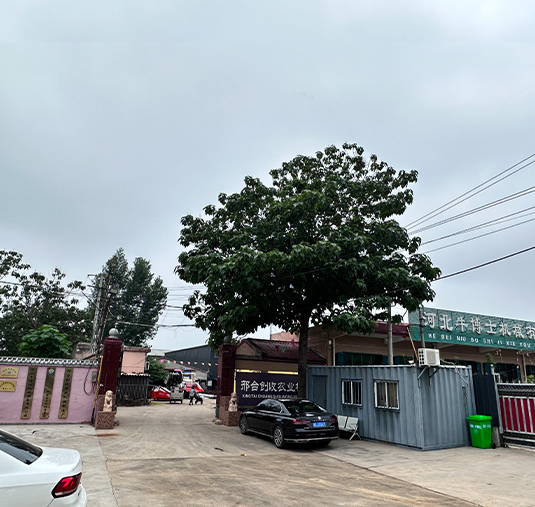self propelled swather
Self-Propelled Swathers Revolutionizing Hay and Forage Harvesting
Agriculture has seen significant advancements over the years, particularly in how farmers manage their crops. Among these innovations, the self-propelled swather stands out as a game-changer in the hay and forage harvesting industry. This powerful machine simplifies the gathering and cutting of grass, alfalfa, and other crops, offering efficiency and effectiveness unmatched by traditional methods.
What is a Self-Propelled Swather?
A self-propelled swather is a specialized piece of agricultural equipment designed to cut and lay down crops for drying before they are baled or chopped. Unlike towed swathers that require a tractor for operation, self-propelled swathers are autonomous machines equipped with their engines, providing better maneuverability and control in the field. They are designed to handle a variety of crops, making them versatile tools for farmers who cultivate hay, silage, or other forage crops.
Features and Benefits
One of the primary advantages of self-propelled swathers is their efficiency. These machines can cover large areas quickly, reducing the time spent in the field. Advanced models often come equipped with high-speed cutting systems and adjustable cutting widths, allowing operators to adapt to different field conditions and crop types. This adaptability ensures that farmers can optimize their harvesting processes, maximizing yield while minimizing labor costs.
Moreover, self-propelled swathers incorporate features that enhance operator comfort and safety. Many models include spacious cabs with ergonomic controls, air conditioning, and excellent visibility. These elements not only improve working conditions but also help reduce operator fatigue, enabling them to work more productively over extended periods. Additionally, many self-propelled swathers are designed with safety features such as reinforced frames and roll-over protection systems, ensuring a secure working environment.
self propelled swather

Technology Integration
Today’s self-propelled swathers are often integrated with cutting-edge technology, increasing their efficacy. GPS guidance systems allow for precise field navigation, reducing overlap and ensuring even coverage. This technology minimizes crop loss and enhances efficiency, as operators can trust the machine to maintain optimal cutting paths. Furthermore, some models feature automated settings that can adjust cutting height and speed based on real-time field conditions, optimizing performance and preserving crop quality.
Environmental Considerations
The introduction of self-propelled swathers has also had a positive impact on environmental sustainability in agriculture. By reducing the number of machinery passes needed in the field and improving cutting precision, these machines help to decrease soil compaction and minimize fuel usage. Moreover, their ability to work effectively in a variety of weather conditions ensures that crops are harvested at the ideal time, contributing to better overall quality and reduced waste.
Conclusion
Self-propelled swathers represent a significant leap forward in agricultural technology, combining efficiency, comfort, safety, and environmental consideration into one robust piece of machinery. As more farmers adopt these innovative tools, they enhance productivity and ensure that the demands of modern agriculture are met. The evolution of self-propelled swathers signifies a broader trend in agriculture toward mechanization and efficiency, and as technology continues to advance, we can expect even greater improvements in the way farmers harvest and manage their crops. Whether it’s a small farm or a large agricultural enterprise, the self-propelled swather is undoubtedly a valuable investment in the future of farming.
Latest news
-
When to Upgrade Your Old Forage HarvesterNewsJun.05,2025
-
One Forage Harvester for All Your NeedsNewsJun.05,2025
-
Mastering the Grass Reaper MachineNewsJun.05,2025
-
How Small Farms Make Full Use of Wheat ReaperNewsJun.05,2025
-
Harvesting Wheat the Easy Way: Use a Mini Tractor ReaperNewsJun.05,2025
-
Growing Demand for the Mini Tractor Reaper in AsiaNewsJun.05,2025







